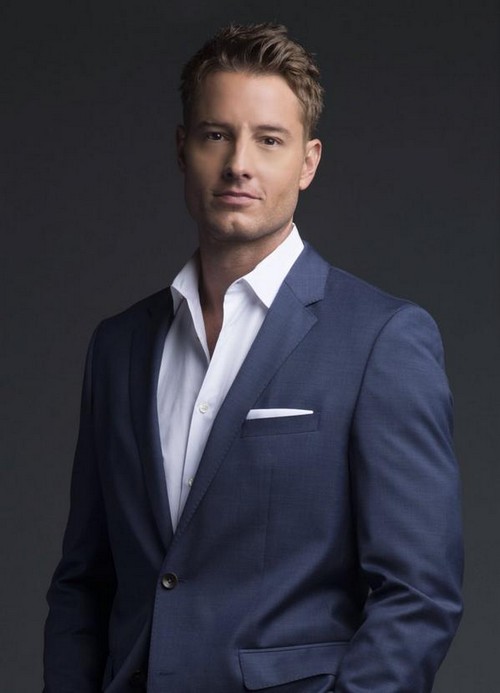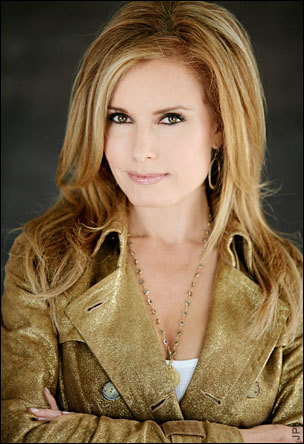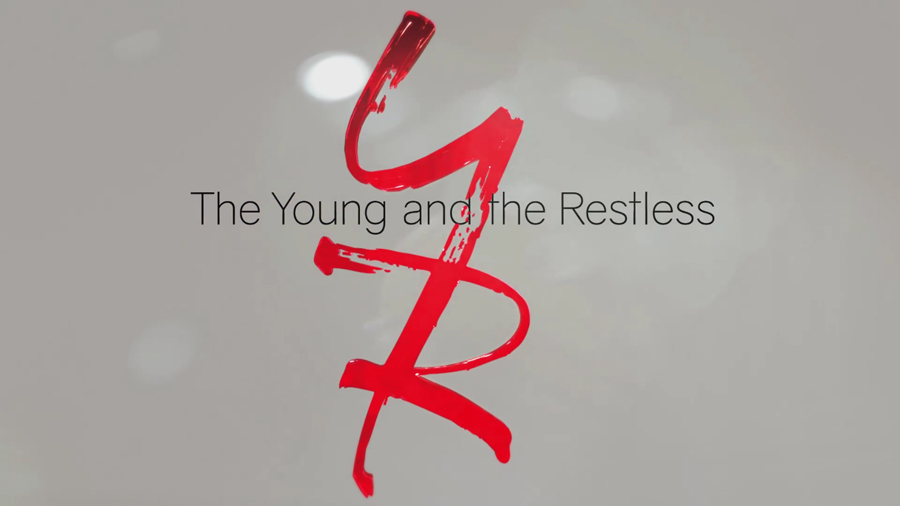

One hundred episodes is an impressive achievement for any scripted television show, but what if your format mandates producing more than two times that amount every year, year after year? All of this with no designed end, no reliance on repeats or hiatuses, and no designated seasons to build your story arcs around? Thus is the challenge—and sometimes freedom—of the daytime soap opera, of which The Young And The Restless currently stands as the vanguard.

To understand just how far the daytime soap opera in America has fallen, just look back at its height: In 1981, General Hospital rode the Luke and Laura romance to a daytime-leading average of 14 million viewers, with an astonishing 30 million tuning in for their eventual wedding. In comparison, current-day first-place show The Young And The Restless averages barely 5 million viewers.
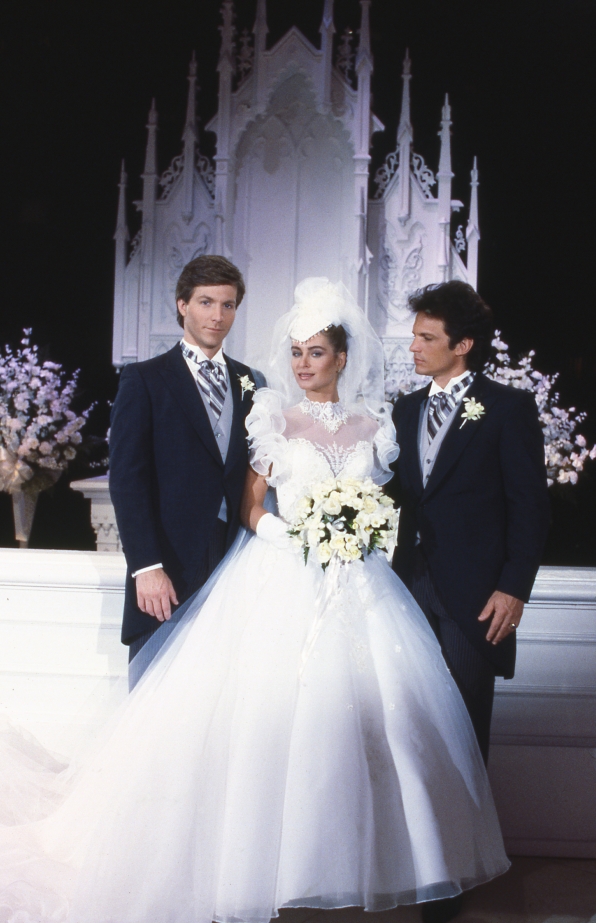



The Young And The Restless of 1973 was very different than the show it is today. The show launched as a half-hour program focusing on the Brooks and Foster families, and only one original character remains today: Jill Foster. This seismic creative shift wasn’t the result of a conscious retooling, but one of necessity: When CBS decided to expand the series to one hour in 1980, many of the original actors opted out of their contracts. Bell was forced to either recast the roles of many of his main players all at once, or completely reconfigure the show around new characters.
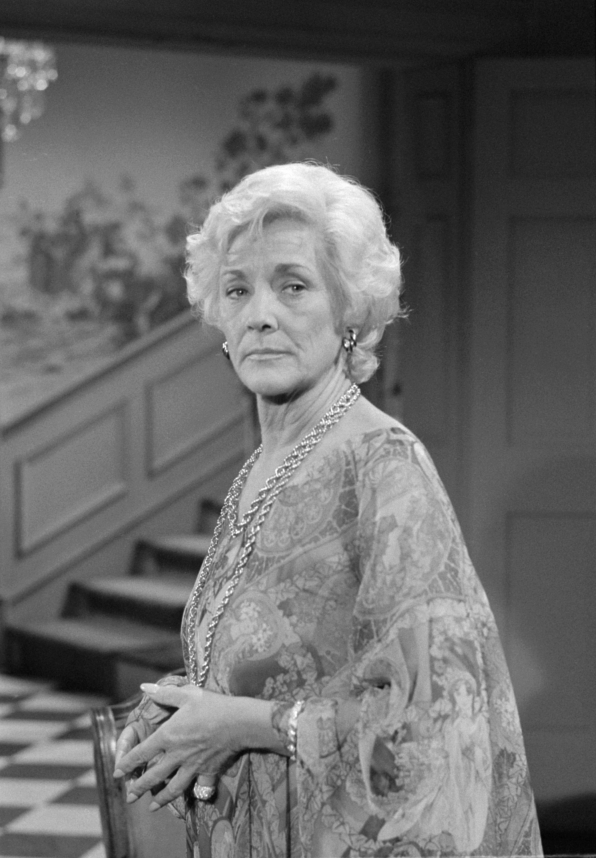


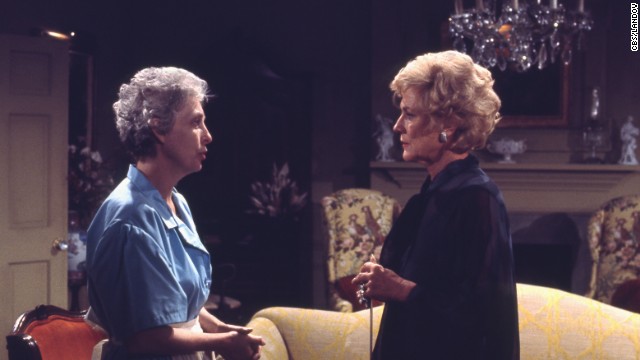


In writing The Young And The Restless, Bell created an ongoing story structure that always left viewers waiting for the next development, while paying off emotional and story developments in a controlled, careful manner.


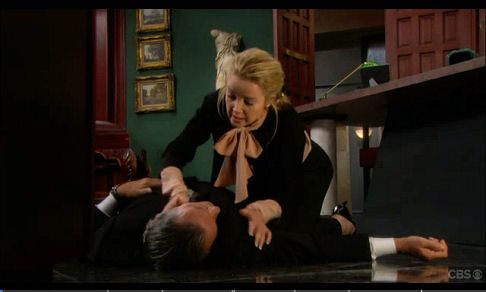



The world would like to blame that trial [for] the demise of soap operas, but the demise had already started due to lifestyle changes. Computers were becoming more prominent, and cable was always an active competitor. There was a huge social shift in the ’90s.
